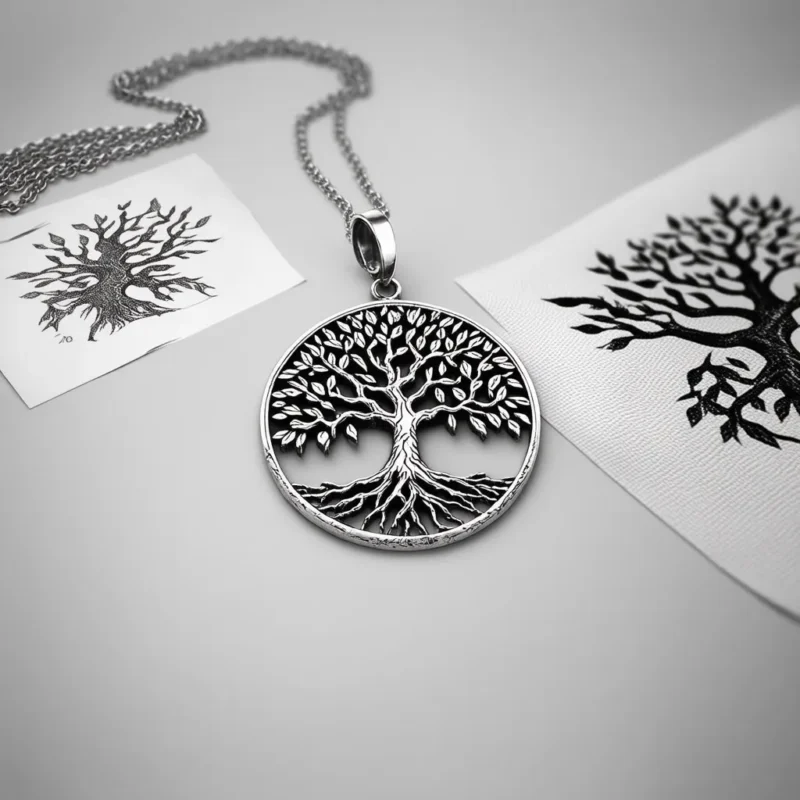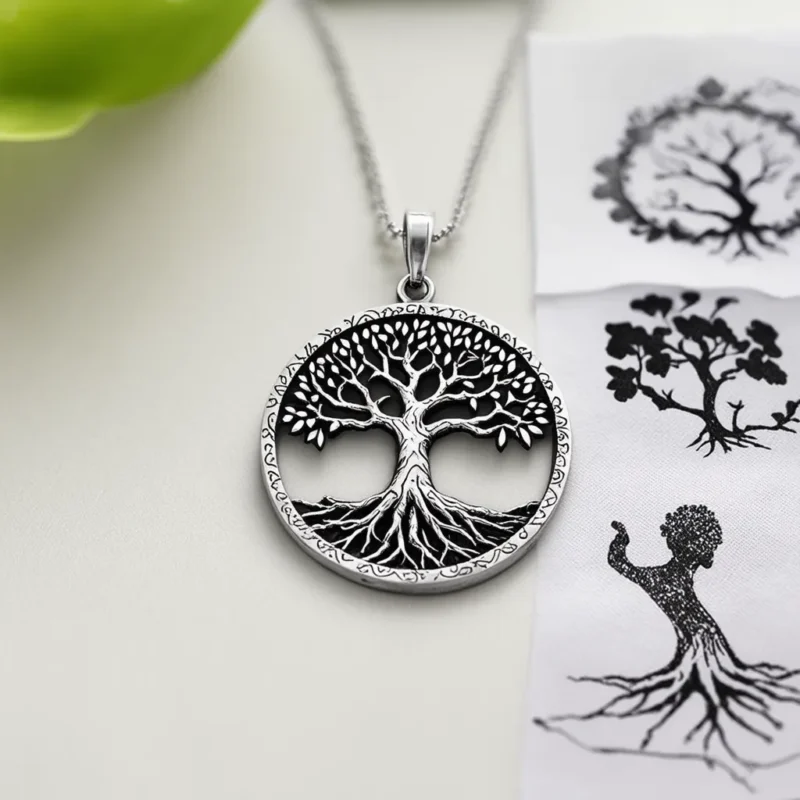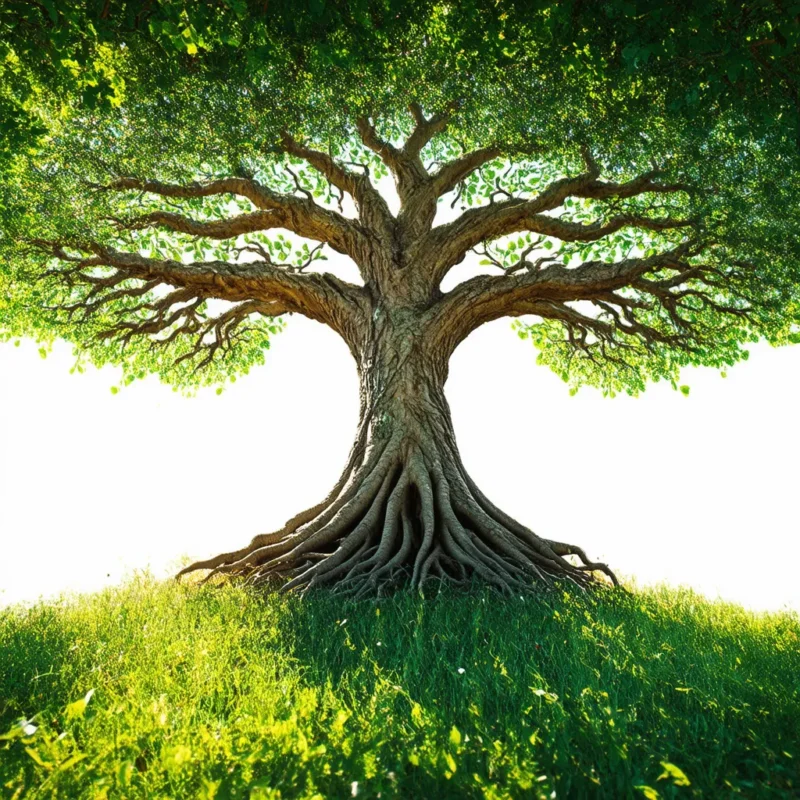Creativity and DIY, Gifts and Celebrations, Home Comfort and Decor
What is the Tree of Life? Meaning, Symbolism, and Cultural Significance
What is the Tree of Life – Everything You Need to Know About Its Meaning and Symbolism
Published on Raven Craft Blog at feeldis.com
The Tree of Life is a timeless symbol that has captivated human imagination for millennia. Found in the myths, religions, and philosophies of cultures worldwide, it represents the interconnectedness of all life, the cycle of birth and rebirth, and the pathway to spiritual enlightenment. In this article, we’ll delve deep into the rich tapestry of meanings behind the Tree of Life, exploring its historical roots, cultural significance, and enduring appeal in modern times.
Historical Origins
Ancient Mesopotamia and Egypt
In ancient Mesopotamia, the Tree of Life was a powerful emblem of immortality and divine wisdom. Depictions often show gods and goddesses bestowing the gift of eternal life upon humans through the tree. Similarly, the ancient Egyptians revered the Acacia Tree of Saosis, believed to be the birthplace of gods and the source of life and death. It was closely associated with Osiris, the god of the afterlife, symbolizing the eternal cycle of life.
Norse Mythology
The Norse mythos introduces us to Yggdrasil, the immense cosmic ash tree that connects the Nine Worlds. Serving as the axis mundi or the world’s center, Yggdrasil’s roots and branches extend into various realms, including those of gods, humans, and the dead. It embodies wisdom, fate, and the intricate balance of the universe.
Celtic Traditions
For the Celts, the Tree of Life, or Crann Bethadh, symbolized harmony and balance. They believed trees were ancestors of humans, providing a gateway to the spirit world. The tree’s roots and branches mirror each other, reflecting the connection between the physical and spiritual realms.
Core Elements and Symbolism
Interconnectedness of All Life
The Tree of Life illustrates how all living beings are interconnected. Its roots delve deep into the earth, while its branches reach toward the heavens, symbolizing the link between the physical and the spiritual.
Growth, Resilience, and Personal Development
Just as a tree grows and adapts to its environment, the Tree of Life represents personal growth and resilience. It reminds us of the strength we possess to weather life’s storms and continue growing.
Eternal Life and Rebirth
Many cultures view the Tree of Life as a symbol of immortality. It embodies the cyclical nature of existence—birth, death, and rebirth—highlighting the belief in life beyond physical death.
Fertility and Creation
Trees produce fruits and seeds, signifying fertility and the perpetuation of life. The Tree of Life often appears in creation myths as the source from which all life emerges.
Real-Life Applications and Examples
Religious and Spiritual Practices
In Kabbalah, the Tree of Life is a diagram of the ten Sephiroth, representing the attributes through which the Divine manifests. It’s a tool for spiritual understanding and ascent.
In Buddhism, the Bodhi Tree under which Siddhartha Gautama attained enlightenment is a real-life symbol of the Tree of Life, representing wisdom and spiritual awakening.
Art, Jewelry, and Fashion
The Tree of Life is a popular motif in various art forms. From intricate jewelry pieces to tattoos and home décor, it serves as a personal emblem of growth, strength, and connection to one’s roots.


Challenges and Opportunities
While the Tree of Life is a universal symbol, its meanings can vary greatly across cultures, posing a challenge in ensuring respectful and accurate representation. However, this diversity also offers an opportunity to foster cross-cultural understanding and appreciation.
Future Developments and Trends
As global connectivity increases, the Tree of Life is likely to gain even more prominence as a symbol of universal unity and environmental consciousness. It may inspire movements focused on sustainability and the preservation of our natural world, emphasizing our intrinsic connection to the earth and each other.
The Tree of Life is more than just an ancient symbol; it’s a profound representation of life’s essence. It encapsulates the interconnectedness of all beings, the perpetual journey of growth, and the eternal cycle of existence. In a rapidly changing world, it serves as a reminder of our roots and the universal truths that bind us. Whether embraced for spiritual reasons or personal significance, the Tree of Life continues to inspire and unify people across the globe.

